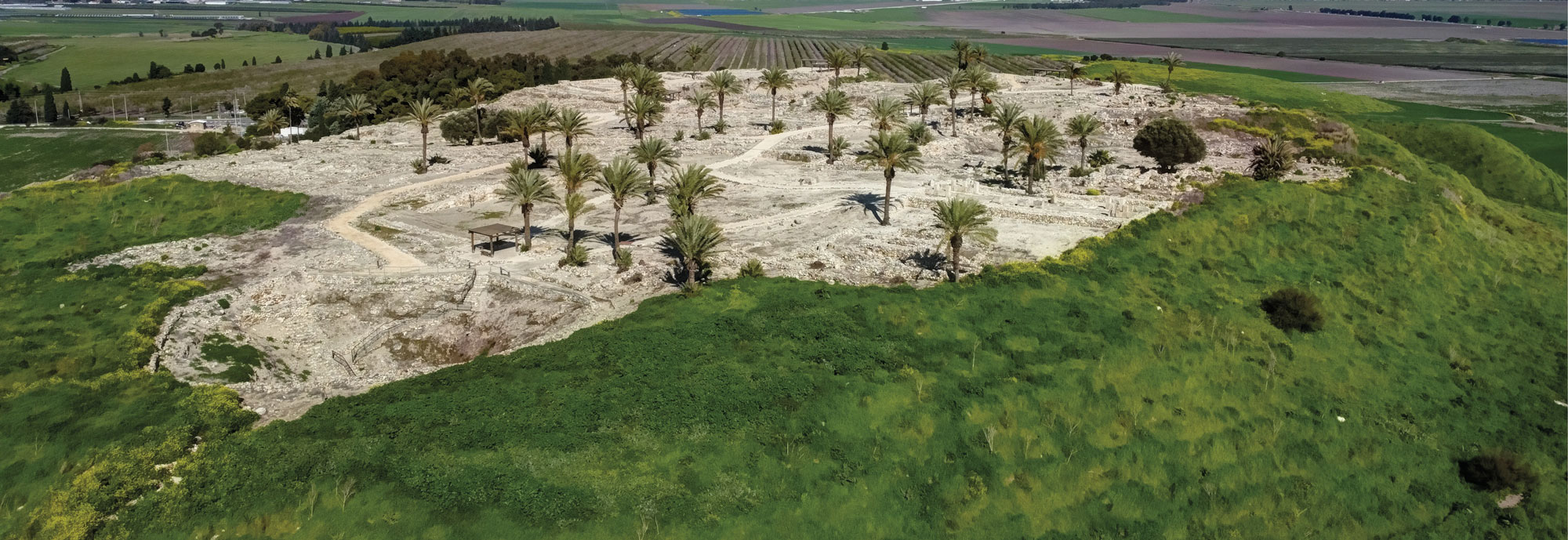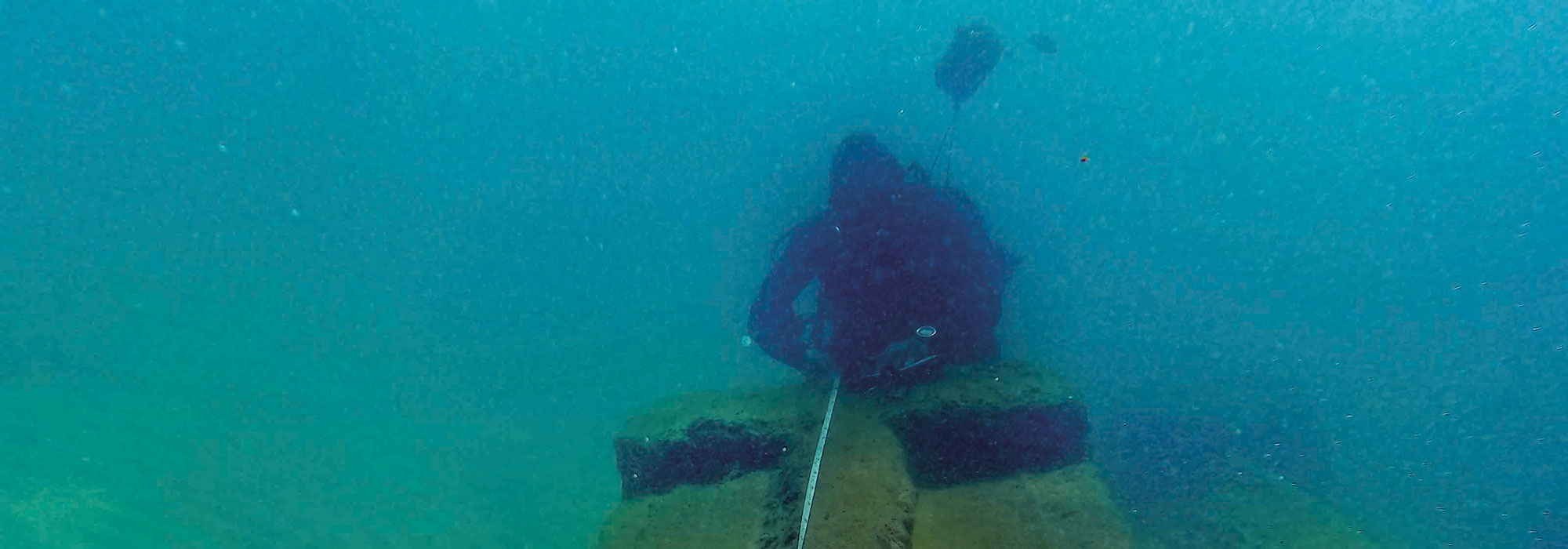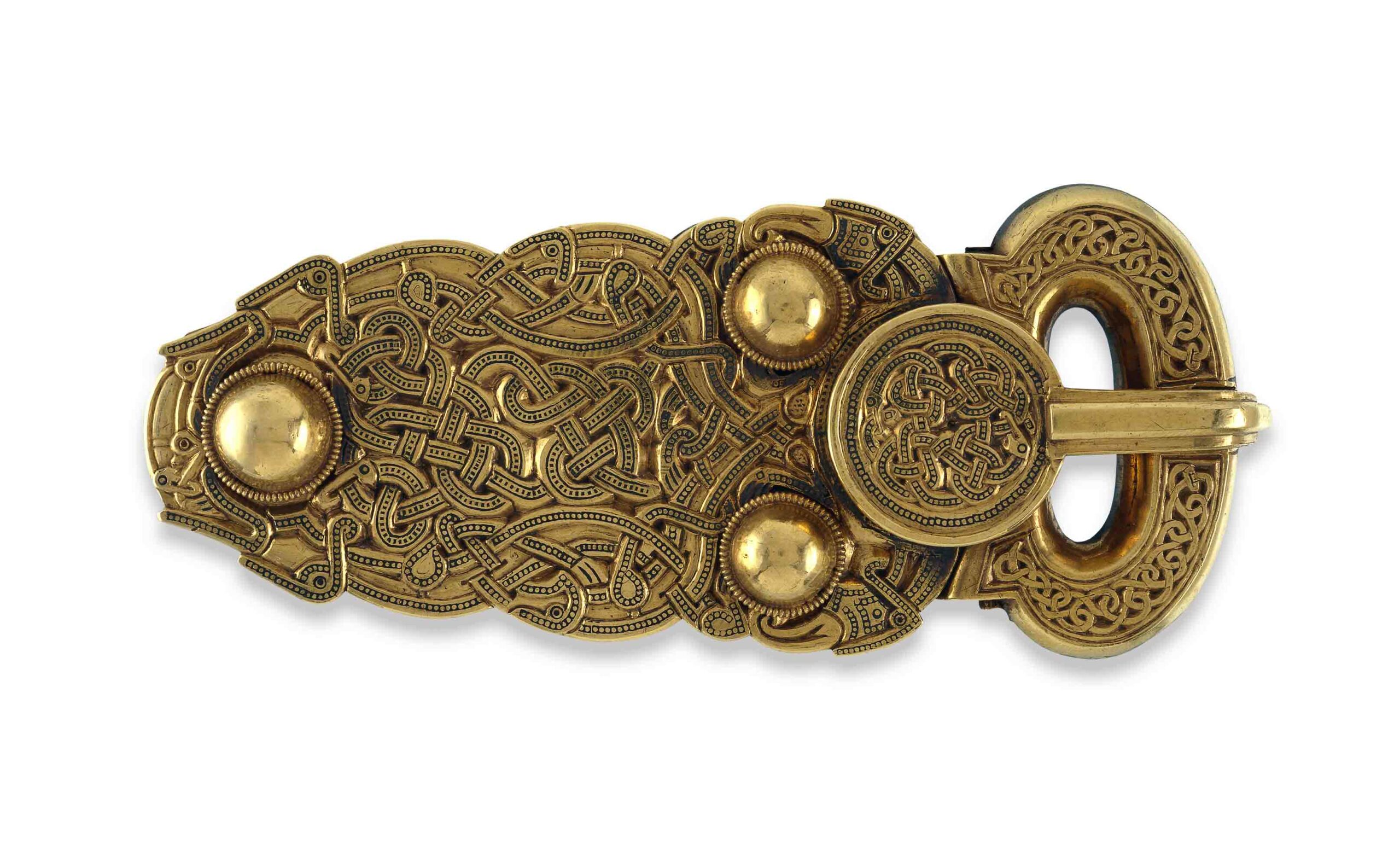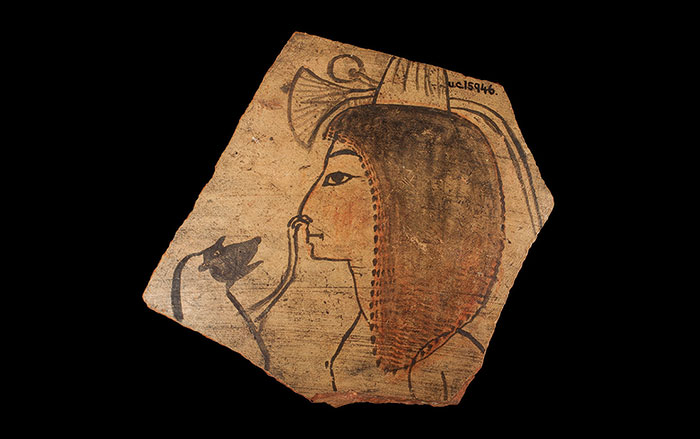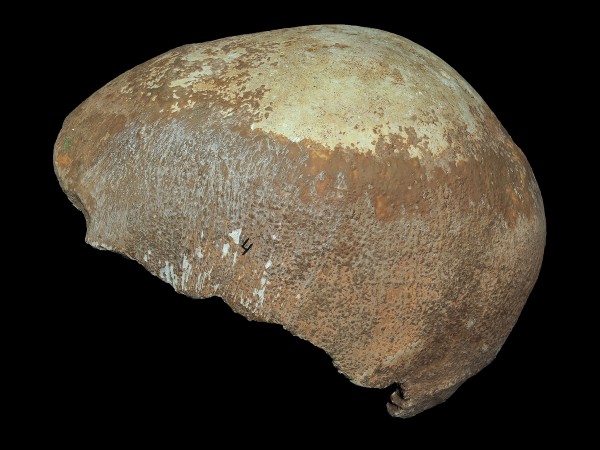
TEL AVIV, ISRAEL—A 55,000-year-old partial modern human skull has been discovered in Israel’s Manot Cave, making it the first fossil evidence that Homo sapiens were in the region and available to mate with Neanderthals, as recent genetic studies suggest. Neanderthal fossils have been found in caves in Israel and other parts of the Middle East as late as 49,000 years ago, but modern human remains had only been found to date between 120,000 and 80,000 years ago. The new skull was found covered with a thin layer of calcite on a ledge in the cave, so the research team, led by Israel Hershkovitz of Tel Aviv University, was able to date it with the uranium-thorium method. “Manot is the first and only human securely dated to 50,000 to 60,000 years ago outside the African continent,” Hershkovitz told Science. The team will try to extract DNA from the skull, although the region’s hot climate makes its preservation unlikely. DNA information could reveal if the Manot skull represents an ancestor of the modern humans who went on to colonize Europe and Asia. To read more about our close relatives, see "Should We Clone Neanderthals."




